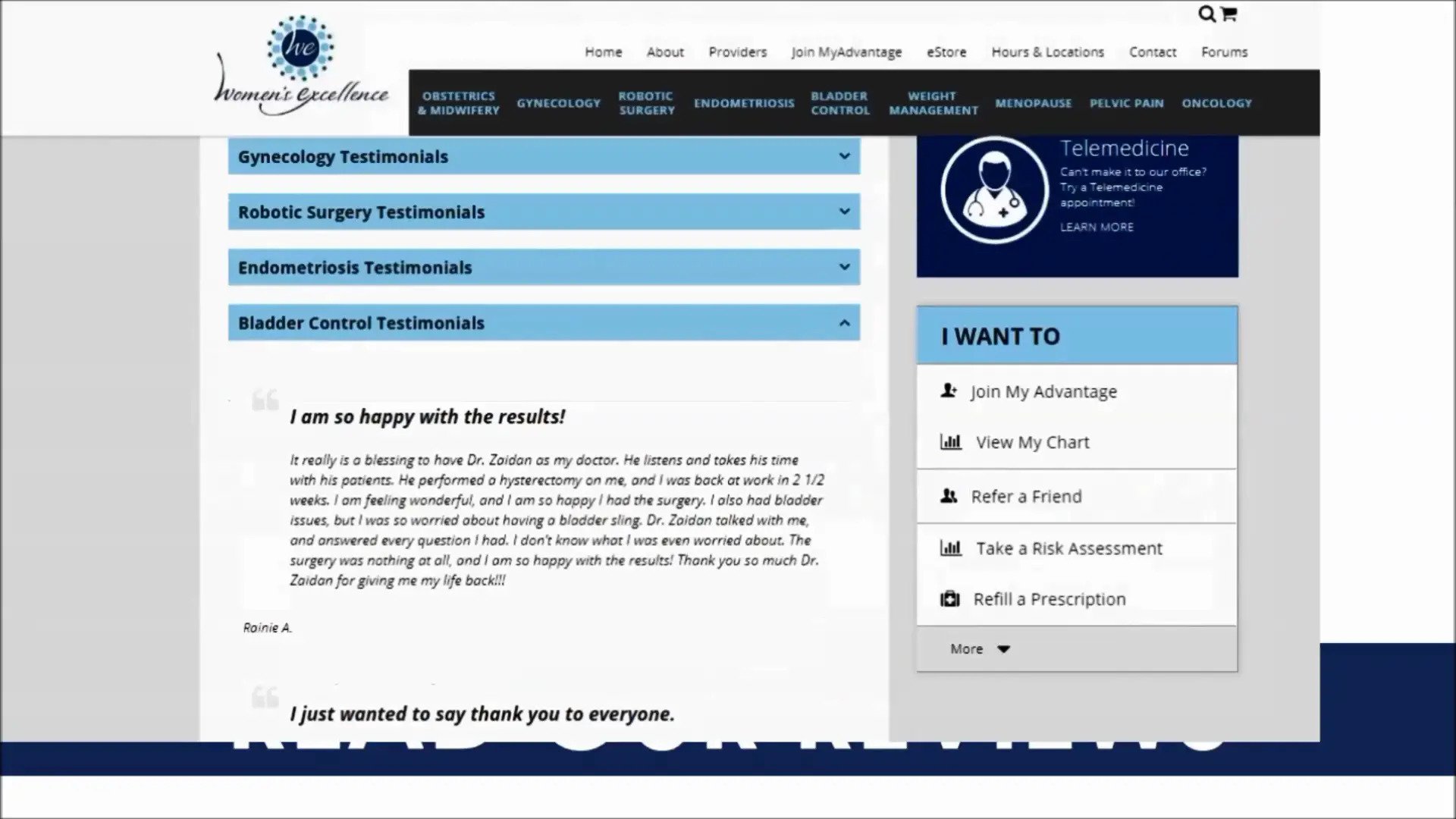As you near the birth of your baby, you may be wondering how all of this will work. Here’s an overview of the stages of labor so you’ll be prepared.
The entire first stage of labor is the longest stage of labor. It lasts until the cervix is completely dilated to 10 centimeters. Typically, dilation during this first stage takes longer to get to 5 centimeters. At this point usually, the contractions become stronger, lasting longer, and are occurring in a consistent pattern. Dilation from 5 to 10 centimeters happens quicker and the discomfort is intensified as progress to being completely dilated is attained.
When your amniotic membranes break or are broken, the intensity of contraction discomfort is heightened. Stay focused on the miracle your body is working hard to accomplish, the birth of your baby! From this point, the second stage of labor begins with pushing and ends with the birth of the baby. The third stage is from the birth of the baby until the expulsion of the placenta.
Sometimes there is a reference to the fourth stage of labor which is the first hour of recovery after the delivery of the baby and placenta. Below is in more detail, each of the stages of labor.
Latent First Stage:
- The latent first stage of labor can be slow to start. Menstrual-like cramping, feeling gassy, abdominal tightening or vaginal pressure are typical at this phase.
- Often, the discomfort at this stage is not enough to stop a woman from performing her daily activities or routine. Most women say they notice contractions occurring, but are able to tolerate them well.
- This part of the first stage of labor is best experienced in the comfort of your home. Keeping yourself hydrated, eating light meals, getting rest, walking, showering, submerging yourself in the bath, passing time by watching or going to a movie are excellent ways to get through this part of the first stage.
- Contractions are short, lasting less than 60 seconds in duration, usually irregular in frequency, and spacing is more than 5 minutes to about 20 minutes and between.
- Dilation at this stage is 0 (closed) to 3 to 4 centimeters.
Active First Stage:
- This is when true labor begins. At this stage, laboring women are encouraged to come to the hospital, and most are ready. Some women are seriously thinking about pain medication at this time, or want to be in the hospital for labor support from their partner, doula, or midwife.
- Contractions at this stage will typically become closer together occurring every 3 to 5 minutes, lasting 60 to 90 seconds each, with moderate to strong contraction intensity.
- Dilation range during this stage is 5 to 8 centimeters. Usually, effacement at this stage is complete.
- Use your breathing, meditation, or focal points to remain focused and keep labor manageable.
- Make frequent position changes, walk around, try a lunge position, use rocker/glider rocker, take warm shower or bath, and gett into an all fours position, like a cat. All fours may help decrease lower back and hip/thigh discomfort.
- Other suggestions for coping with labor at this stage include having your partner massage your lower back with warm lotion or oils, or applying counter pressure with contractions. It is completely normal and appropriate to not want to be touched at all during this stage. Communication is very important.
- Maintaining your breathing. Relaxation, aromatherapy, birthing ball, and standing or moving if this helps with the discomfort.
- Also, using methods you learned and practiced in your childbirth classes might help. For mothers experiencing labor again with their second child or more, using what methods helped you through your previous labor may also work well.
- You may notice an increase in bloody show at this time.
- You might become very focused on your labor pain and discomfort. This is often the time many women want pain medication. Discuss with your partner and midwife what you think your pain control preferences in labor will be.
- Many women become more introverted and serious at this time, less confident in her ability to continue labor without medication, and she may be less talkative and more anxious.
- Remember that each contraction is getting you closer to meeting your baby for the first time and being able to see your little one’s face! Your body knows what to do.
The last part of the first stage of labor is called the transition stage:
- Dilation during the transition is 8 centimeters to completely dilated.
- Contractions during this stage are very intense and frequent, usually occurring every 1 to 3 minutes and lasting close to 90 seconds.
- During the transition phase, the peak of a contraction may stimulate the urge to push. This may be felt as a very slight feeling to very strong. If you have an epidural, a heavy, dull feeling in the rectum may be felt. It is similar to the need to pass gas or have a bowel movement.
- A more bloody show may be noticed now.
- It is common at this stage for some mothers to feel an out of control, panicked, and in need of strong support and direction. It is also common for other women to be in a meditation type state, truly focused, and calm.
- From this urge to push with complete dilation, the second stage of labor is started.
- Most mothers feel an instant, strong urge to push, especially those laboring without medication.
- As this stage, it is common with an epidural to not feel a strong urge to push. If there is not a strong urge to push, studies support letting the mother labor the baby down as long as both mother and baby are doing well at this stage of labor.
- When an urge to push is felt, the mother is encouraged to start pushing. Maternal led pushing is supported by your midwife.
- Pushing can last up to three hours for a first-time mother. As long as the mother feels strong enough, and is healthy enough to continue pushing; the baby is making progress descending lower in the birth canal and is tolerating labor still at this time, pushing can continue. Beyond three hours of pushing, there may be reasons why it is lasting this long. Your midwife and collaborating physician will evaluate and discuss with you possible reasons why.
- Many women at this time have a moment of calmness, where contractions space out slightly and the mother is able to rest.
- Once the baby is born, the healthy infant is placed skin to skin on the mother. Here the baby will stay until the umbilical cord stops pulsating. Your baby may stay here during this time unless he or she is having difficulty adjusting to the outside of the womb.
- Once the cord stops pulsating, your partner may cut the cord. Baby may remain on your chest as you become familiar with each other. This moment is incredible and beautiful.
This is now the third stage of labor. The last particle of conception to pass for completion of this stage is the placenta.
- This occurs with a cascade of hormones released in a woman’s body that causes the placenta to peel away from the uterine wall. Milder contractions are felt with this process. Once the placenta is detached, it passes through and out of the vagina.
- Delivery of the placenta will take anywhere between 5 minutes after the birth of the baby to 30 minutes.
Now the recovery period begins. Your nurse will assess the top of your uterus, called the fundus, every 15 minutes throughout the first hour of your recovery. This is to ensure your uterus remains firm, that the area where the placenta detached is not bleeding too heavily, and that you are not passing large clots.
This is the ideal time for your new family to bond. Breastfeeding your infant during this time is ideal for both baby and mom.
Feeling apprehensive about the stages of labor is common. You can discuss your concerns with your practitioner at your visits. If you don’t have one scheduled, Contact us or use our chat today to get it taken care of.







